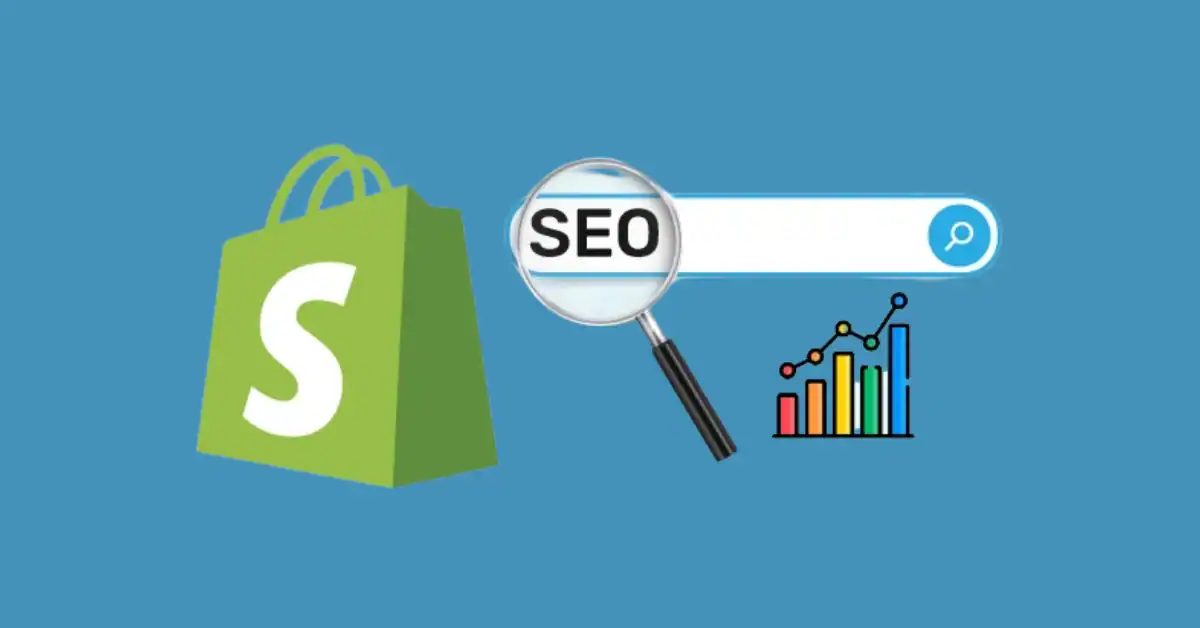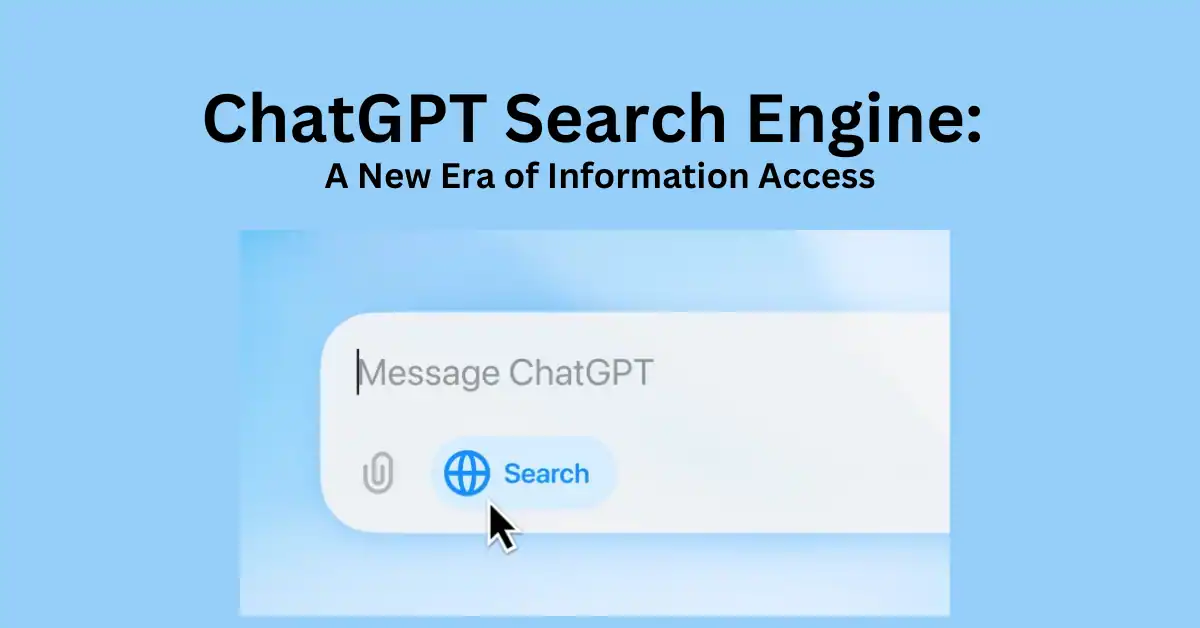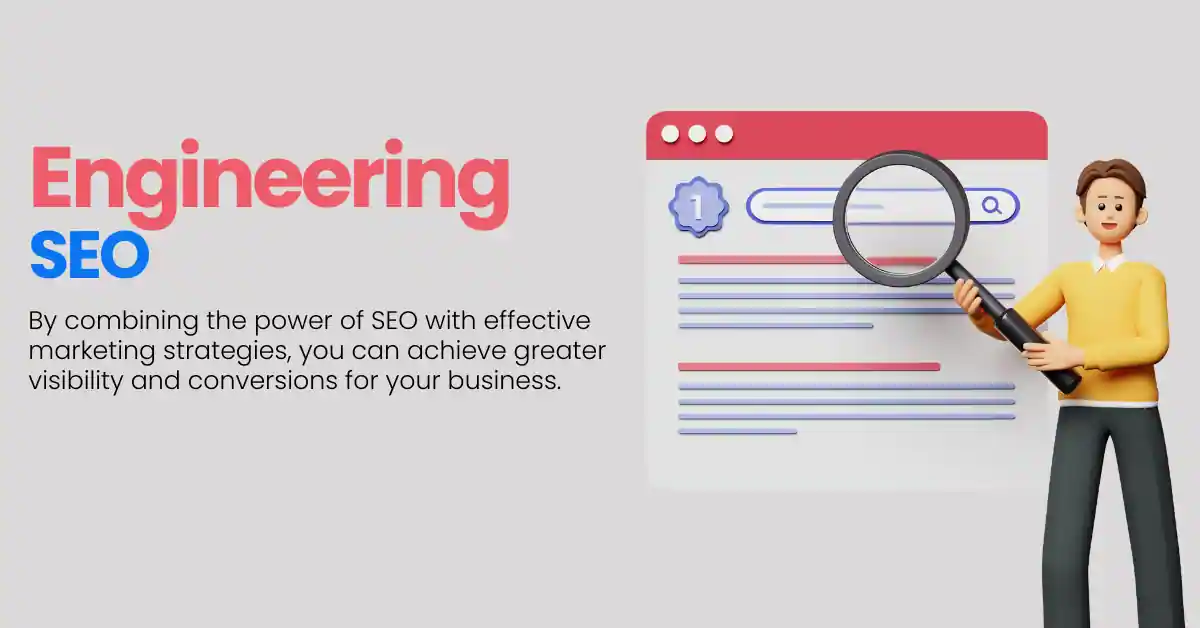If you’re running a Shopify store in Bradford, you’re in luck! Shopify is one of the best platforms for e-commerce, but just setting up your store isn’t enough. You need to make sure your potential customers can actually find it. That’s where SEO for Shopify Bradford comes into play. In this article, we’ll explore how to effectively use SEO for your Shopify store to attract more local customers and boost your sales. Let’s dive in!
Table of Contents
ToggleUnderstanding Local SEO
Importance of Local SEO
Local SEO focuses on optimizing your online presence to attract more business from relevant local searches. Think about it: when was the last time you scrolled through Google to find a product without including your location? People are looking for local businesses, and if your Shopify store isn’t optimized for local search, you’re missing out!
Benefits for Bradford Businesses
Bradford is a vibrant city with a diverse market. By focusing on SEO for Shopify Bradford, you can connect with customers in your area who are eager to support local businesses. Imagine showing up on the first page of Google when someone searches for “best online clothing store in Bradford.” It’s a game changer!
Keyword Research for Shopify
Tools for Keyword Research
The foundation of any successful SEO strategy is keyword research. Tools like Google Keyword Planner, Ahrefs, and SEMrush can help you identify keywords that are relevant to your business. Look for keywords that not only have a decent search volume but also reflect local intent, such as “Shopify stores in Bradford.”
Targeting Local Keywords
Once you have a list of keywords, it’s time to narrow your focus. Incorporate local terms into your keyword strategy. This means using phrases like “best Shopify store in Bradford” or “clothing shop near me.” These keywords will help you connect with your target audience effectively.
On-Page SEO Techniques
Optimizing Product Pages
Each product page is a potential entry point for customers. Make sure your product descriptions are unique, informative, and incorporate your target keywords naturally. Instead of just listing features, tell a story about how your product can make the buyer’s life better.
Crafting Effective Meta Tags
Meta titles and descriptions are like your store’s elevator pitch—they need to be compelling! Include your primary keyword in both the title and description, and write them in a way that encourages clicks. For example, “Shop Trendy Outfits in Bradford – Free Shipping on Orders Over £50!”
Utilizing Shopify Themes
Your Shopify theme can impact your SEO. Opt for a responsive design that loads quickly and is mobile-friendly. Also, ensure that your theme supports structured data markup to help search engines understand your content better.
Off-Page SEO Strategies
Building Backlinks
Backlinks are like votes of confidence for your site. The more quality backlinks you have, the higher your store can rank on search engines. Reach out to local blogs, news outlets, or even other Shopify stores for guest posting opportunities. Building relationships can go a long way!
Leveraging Local Listings
Ensure your business is listed on local directories like Google My Business, Yelp, and Yellow Pages. A complete and optimized listing increases your chances of showing up in local searches and helps build credibility. Plus, it makes it easier for customers to find your store!
Technical SEO for Shopify
Site Speed Optimization
Nobody likes waiting for a website to load. Make sure your Shopify store is optimized for speed. This could mean compressing images, using a content delivery network (CDN), or minimizing the number of apps you use. A faster site not only improves user experience but also boosts your SEO.
Mobile Optimization
With more and more people shopping on their phones, having a mobile-optimized site is crucial. Ensure your Shopify theme is responsive, and test your site on various devices to make sure it looks great and functions well everywhere.
Measuring SEO Success
Tools for Tracking SEO
To know if your SEO efforts are paying off, use tools like Google Analytics, Google Search Console, and SEMrush. These tools provide insights into your traffic sources, user behavior, and keyword rankings, helping you adjust your strategy as needed.
Analyzing Traffic and Conversions
Look beyond just traffic numbers. Monitor how many visitors convert into paying customers. If you’re getting lots of traffic but few sales, it may be time to tweak your product descriptions, check your site’s user experience, or refine your marketing strategies.
Conclusion
SEO for your Shopify store in Bradford doesn’t have to be overwhelming. By focusing on local SEO techniques, effective keyword research, and optimizing both on-page and off-page elements, you can significantly improve your store’s visibility. Remember, the key is to stay consistent and patient; SEO is a long-term strategy, but the rewards are well worth it! Embrace SEO for Shopify Bradford to connect with your local community and grow your business.
FAQs
Q: How long does it take to see results from SEO?
It typically takes about 3 to 6 months to start seeing noticeable results, but this can vary based on competition and other factors.
Q: Is local SEO different from regular SEO?
Yes, local SEO focuses on optimizing your online presence for local searches, helping you connect with nearby customers.
Q: Can I do SEO myself, or should I hire an expert?
You can certainly start with DIY SEO, but hiring an expert can save you time and help you implement best practices more effectively.
Q: What is the role of social media in SEO?
While social media doesn’t directly impact SEO rankings, it helps drive traffic and increases brand awareness, which can indirectly benefit your SEO efforts.
Q: How often should I update my Shopify store for SEO?
Regular updates are essential. Aim to review and update your SEO strategy at least once a month based on performance data.






